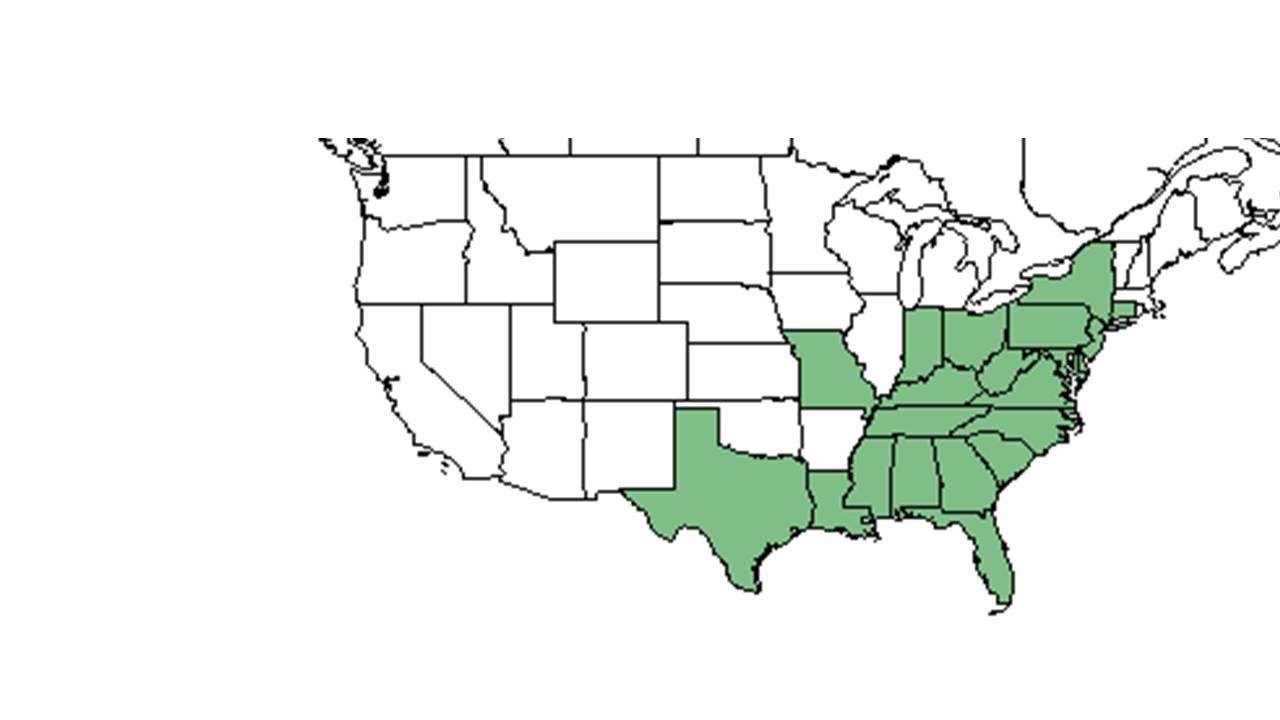Difference between revisions of "Trichostema setaceum"
KatieMccoy (talk | contribs) |
KatieMccoy (talk | contribs) (→References and notes) |
||
| Line 42: | Line 42: | ||
==Photo Gallery== | ==Photo Gallery== | ||
==References and notes== | ==References and notes== | ||
| + | Florida State University Robert K. Godfrey Herbarium database. URL: [http://herbarium.bio.fsu.edu http://herbarium.bio.fsu.edu]. Last accessed: Collectors: States and Counties: Compiled by Tall Timbers Research Station and Land Conservancy. | ||
| + | |||
McRae, W. A., J. L. Landers, et al. (1980). "Importance of habitat diversity in bobwhite management." Proceedings of the Annual Conference of the Southeastern Association of Fish and Wildlife Agencies 33: 127-135. | McRae, W. A., J. L. Landers, et al. (1980). "Importance of habitat diversity in bobwhite management." Proceedings of the Annual Conference of the Southeastern Association of Fish and Wildlife Agencies 33: 127-135. | ||
Revision as of 18:33, 12 October 2015
| Trichostema setaceum | |
|---|---|
Error creating thumbnail: Unable to save thumbnail to destination
| |
| Scientific classification | |
| Kingdom: | Plantae |
| Division: | Magnoliophyta – Flowering plants |
| Class: | Magnoliopsida – Dicotyledons |
| Order: | Lamiales |
| Family: | Lamiaceae ⁄ Labiatae |
| Genus: | Trichostema |
| Species: | T. setaceum |
| Binomial name | |
| Trichostema setaceum Houtt. | |

| |
| Natural range of Trichostema setaceum from USDA NRCS Plants Database. | |
Common name: narrowleaf bluecurls
Contents
Taxonomic notes
Description
Distribution
Ecology
Habitat
In the Coastal Plain in Florida and Alabama, T. setaceum can be found in upland pine-hardwood forests, pinewoods, turkey oak-longleaf pine barrens, sand ridges, longleaf pine/scrub oak/wiregrass ridges, sandhill oak scrubs, and wiregrass-longleaf pine communities (FSU Herbarium). It is a ruderal species and can be found in cleared pine forests, turkey oak sand ridge clearings, and roadsides. Soil types include loamy sand and loamy soil (FSU Herbarium). Associated species include Vaccinium stamineum, Warea, Agalinis, Liatris, and Dicerandra (FSU Herbarium).
Phenology
Flowers and fruits September through November (FSU Herbarium).
Seed dispersal
Seed bank and germination
Fire ecology
Pollination
Use by animals
It seems to be a major plant food for bobwhites in October (McRae et al 1980).
Diseases and parasites
Conservation and Management
Cultivation and restoration
Photo Gallery
References and notes
Florida State University Robert K. Godfrey Herbarium database. URL: http://herbarium.bio.fsu.edu. Last accessed: Collectors: States and Counties: Compiled by Tall Timbers Research Station and Land Conservancy.
McRae, W. A., J. L. Landers, et al. (1980). "Importance of habitat diversity in bobwhite management." Proceedings of the Annual Conference of the Southeastern Association of Fish and Wildlife Agencies 33: 127-135.